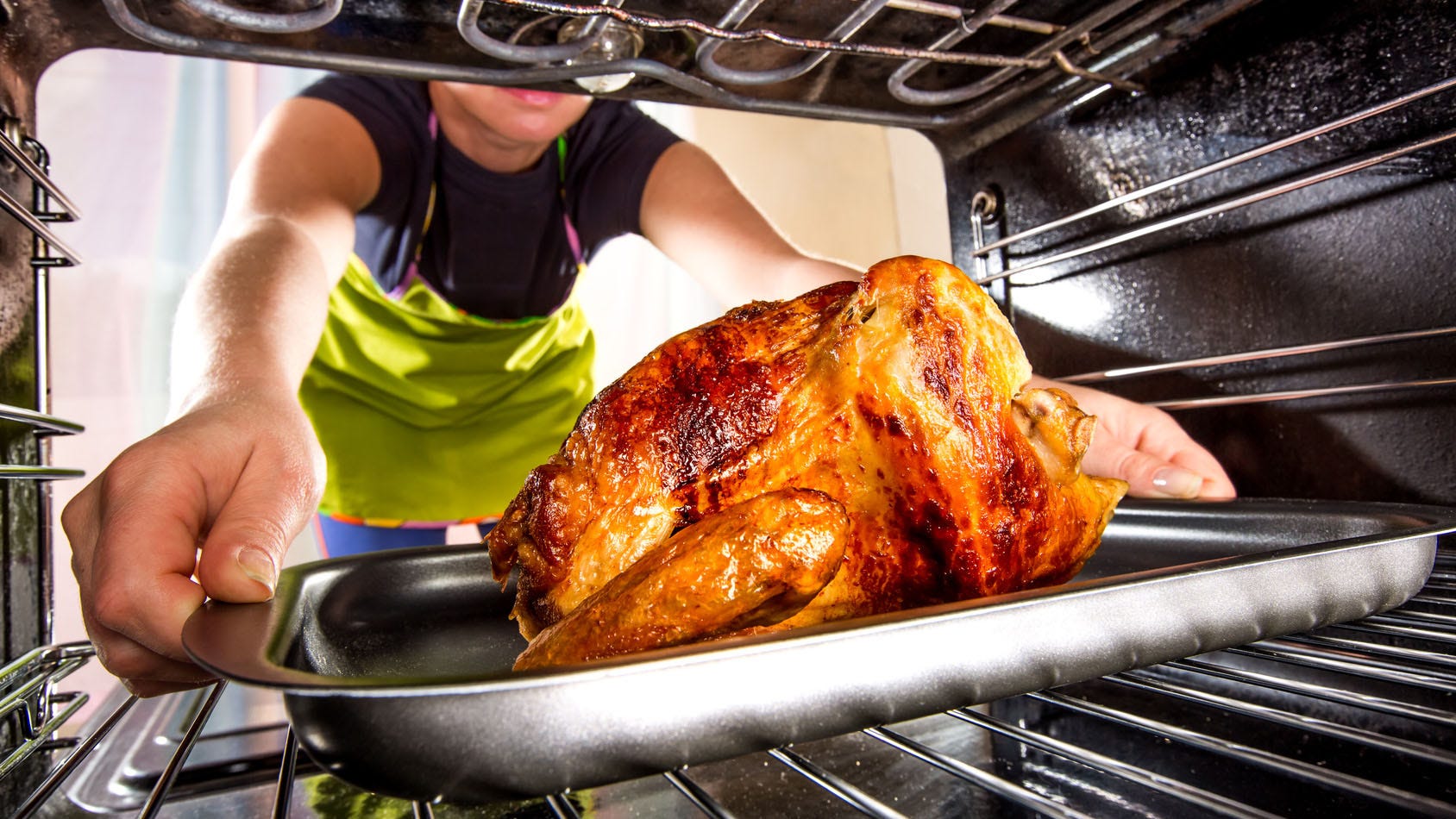If you love chicken and are watching your carbohydrate intake, you may have wondered how many carbs in a rotisserie chicken there are. This article will provide you with detailed insights into the nutritional profile of rotisserie chicken, specifically focusing on its carbohydrate content.

Understanding the Nutrition of Rotisserie Chicken
Rotisserie chicken is a popular and convenient meal option. It can often be purchased ready-to-eat from grocery stores, making it a go-to for busy individuals. But what about its nutritional value? Knowing the nutritional makeup, particularly the carb content, is crucial for those who are on a specific diet plan.
Calories in Rotisserie Chicken
Before diving into the carbohydrate content, lets first discuss the overall caloric value of a rotisserie chicken. On average, a 3-ounce serving of rotisserie chicken provides about 160 calories. This includes calories from protein, fats, and a minimal amount of carbs.
Protein Content
A 3-ounce serving of rotisserie chicken usually contains around 23 grams of protein. Protein is essential for muscle building and repair, making it a healthy choice for many.
Fat Content
The fat content in rotisserie chicken can vary depending on the cooking method and seasonings used. On average, you can expect to find about 9 grams of fat in a 3-ounce serving.

How Many Carbs in Rotisserie Chicken?
Here comes the big question – how many carbs are in a rotisserie chicken? Generally, rotisserie chicken contains less than 1 gram of carbohydrates per 3-ounce serving. This makes it a great option for low-carb diets, such as the ketogenic diet.
Impact of Seasonings and Marinades
While the chicken itself has minimal carbs, the seasonings and marinades used can add to the carbohydrate content. Store-bought rotisserie chickens often come pre-seasoned, and some of the flavorings might include sugars or other carb-containing ingredients.

Comparing Different Parts of the Chicken
The carbohydrate content may also vary depending on which part of the chicken you are consuming.
White Meat (Breast)
White meat, such as chicken breast, is typically lower in fat and contains negligible carbs, making it the best choice for those watching their carb intake.
Dark Meat (Thighs and Legs)
Dark meat, including thighs and legs, can have slightly higher fat content, but the carbohydrate content remains consistently low.
Health Benefits of Rotisserie Chicken
Rotisserie chicken is not only low in carbs but also rich in other essential nutrients, making it a nutritious addition to your diet.
Rich in Protein
Protein is crucial for muscle repair and growth. Including rotisserie chicken in your diet ensures you get a good supply of high-quality protein.
Essential Vitamins and Minerals
Rotisserie chicken provides various vitamins and minerals including B vitamins, phosphorus, and selenium, all of which are important for overall health.
Low in Carbs
As mentioned earlier, the negligible carb content makes it an excellent option for those on low-carb diets.
How to Make Rotisserie Chicken at Home
For those who prefer cooking at home, making rotisserie chicken can be a rewarding experience.
Ingredients
Heres what youll need:
- A whole chicken
- Olive oil
- Salt
- Pepper
- Your favorite herbs and spices
Steps
- Preheat your oven to 375F (190C).
- Rub the chicken with olive oil and season it with salt, pepper, and other spices.
- Place the chicken on a rotisserie spit and cook for about 1.5 to 2 hours or until the internal temperature reaches 165F (75C).
- Let it rest for about 10 minutes before carving.
Common Misconceptions
There are several myths surrounding rotisserie chicken that we should address:
Myth 1: Rotisserie Chicken is Unhealthy
Fact: When prepared without excessive sugars and unhealthy fats, rotisserie chicken is a nutritious and convenient meal option.
Myth 2: All Store-Bought Rotisserie Chickens Are Full of Additives
Fact: While some store-bought options do contain additives, many offer more natural choices. Always read the ingredient labels.
Pairing Rotisserie Chicken with Low-Carb Side Dishes
Pairing your chicken with low-carb sides can make the meal even more diet-friendly.
Steamed Vegetables
Steamed broccoli, cauliflower, or zucchini make excellent low-carb sides.
Salads
A fresh green salad with a light vinaigrette dressing can complement rotisserie chicken perfectly.
External Resources
Learn more about using a rotisserie with different kitchen appliances here.
Frequently Asked Questions
Does rotisserie chicken have carbs?
Generally, rotisserie chicken contains less than 1 gram of carbohydrates per serving.
Is rotisserie chicken keto-friendly?
Yes, due to its low carb content, rotisserie chicken is suitable for a ketogenic diet.
Are there carbs in the seasonings?
Some store-bought versions may have seasonings or marinades that add carbs. Its best to check the label for nutritional information.
Conclusion
In summary, how many carbs in a rotisserie chicken is a common concern for many health enthusiasts. Fortunately, its carb content is minimal, making it an excellent choice for low-carb diets. So next time you’re hungry and in need of a quick meal, a rotisserie chicken might just be the perfect option for you.
As an Amazon Associate, I earn from qualifying purchases.









